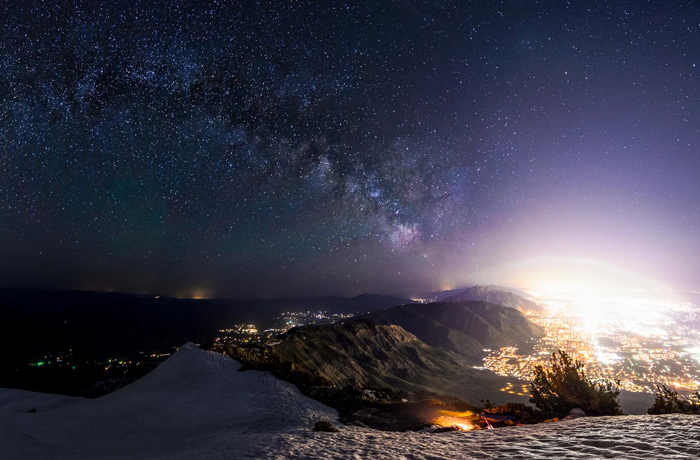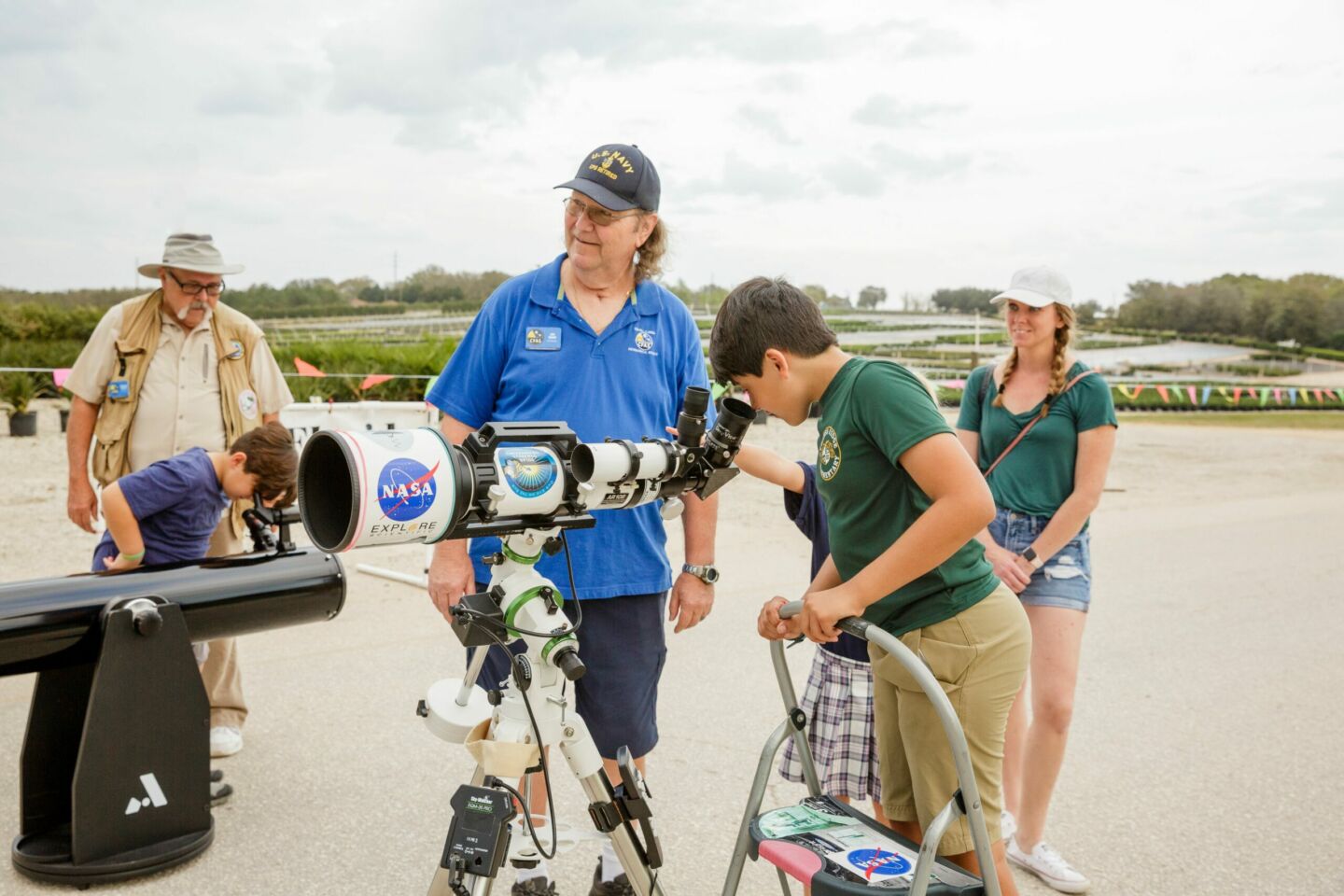
World’s First Academic Center Dedicated to Dark Sky Studies

The world’s first academic center specific to the issue of dark skies has been announced at The University of Utah. The Consortium for Dark Sky Studies (CDSS) will be “dedicated to discovering, developing, communicating and applying knowledge pertaining to the quality of the night skies.”
Based within the College of Architecture and Planning, it will be comprised of an interdisciplinary and multi-institutional research group. More than 25 universities, industries, community and government partners will take part in researching light pollution. Studying environmental, public health, and environmental impacts of losing our dark skies.
The CDSS has already partnered with ALAN (Artificial Light at Night) to host their global conference, furthering research in artificial light. The next ALAN conference in November 2018 will meet at Utah’s Snowbird Ski and Summer Resort.
IDA’s Program Manager, John Barentine has been a part of the Consortium’s steering group. “That establishment of CDSS is a strong sign that the academic study of dark skies has matured,” Barentine states, “and that it will benefit in the future from organizational focus. I’m proud that IDA has had a seat at the table from the very beginning of this idea, and that together we can help shape the future of this important area of scientific research.”
What is Light Pollution?
Most of us are familiar with air, water, and land pollution, but did you know that light can also be a pollutant?
The inappropriate or excessive use of artificial light – known as light pollution – can have serious environmental consequences for humans, wildlife, and our climate. Components of light pollution include:
- Glare – excessive brightness that causes visual discomfort
- Skyglow – brightening of the night sky over inhabited areas
- Light trespass – light falling where it is not intended or needed
- Clutter – bright, confusing and excessive groupings of light sources
Effects of Light Pollution
For three billion years, life on Earth existed in a rhythm of light and dark that was created solely by the illumination of the Sun, Moon and stars. Now, artificial lights overpower the darkness and our cities glow at night, disrupting the natural day-night pattern and shifting the delicate balance of our environment. The negative effects of the loss of this inspirational natural resource might seem intangible. But a growing body of evidence links the brightening night sky directly to measurable negative impacts including
- Increasing energy consumption
- Disrupting the ecosystem and wildlife
- Harming human health
- Effecting crime and safety
Light pollution affects every citizen. Fortunately, concern about light pollution is rising dramatically. A growing number of scientists, homeowners, environmental groups and civic leaders are taking action to restore the natural night. Each of us can implement practical solutions to combat light pollution locally, nationally and internationally.
How Bad is Light Pollution in Your Area?
If you want to find out how bad light pollution is where you live, use this interactive map created from the”World Atlas” data or the NASA Blue Marble Navigator for a bird’s eye view of the lights in your town. Google Earth users can download an overlay also created from the “World Atlas” data. And don’t forget to check out the Globe at Night interactive light pollution map data created with eight years of data collected by citizen scientists.
You Can Help!
The good news is that light pollution, unlike many other forms of pollution, is reversible and each one of us can make a difference! Just being aware that light pollution is a problem is not enough; the need is for action. You can start by minimizing the light from your own home at night. You can do this by following these simple steps.
- Learn more. Check out our Light Pollution blog posts
- Only use lighting when and where it’s needed
- If safety is concern, install motion detector lights and timers
- Properly shield all outdoor lights
- Keep your blinds drawn to keep light inside
- Become a citizen scientist and helping to measure light pollution
Learn more about Outdoor Lighting Basics
Then spread the word to your family and friends and tell them to pass it on. Many people either don’t know or don’t understand a lot about light pollution and the negative impacts of artificial light at night. By being an ambassador and explaining the issues to others you will help bring awareness to this growing problem and inspire more people to take the necessary steps to protect our natural night sky. IDA has many valuable resources to help you including Public Outreach Materials, How to Talk to Your Neighbor, Lighting Ordinances and Residential and Business Lighting.



















